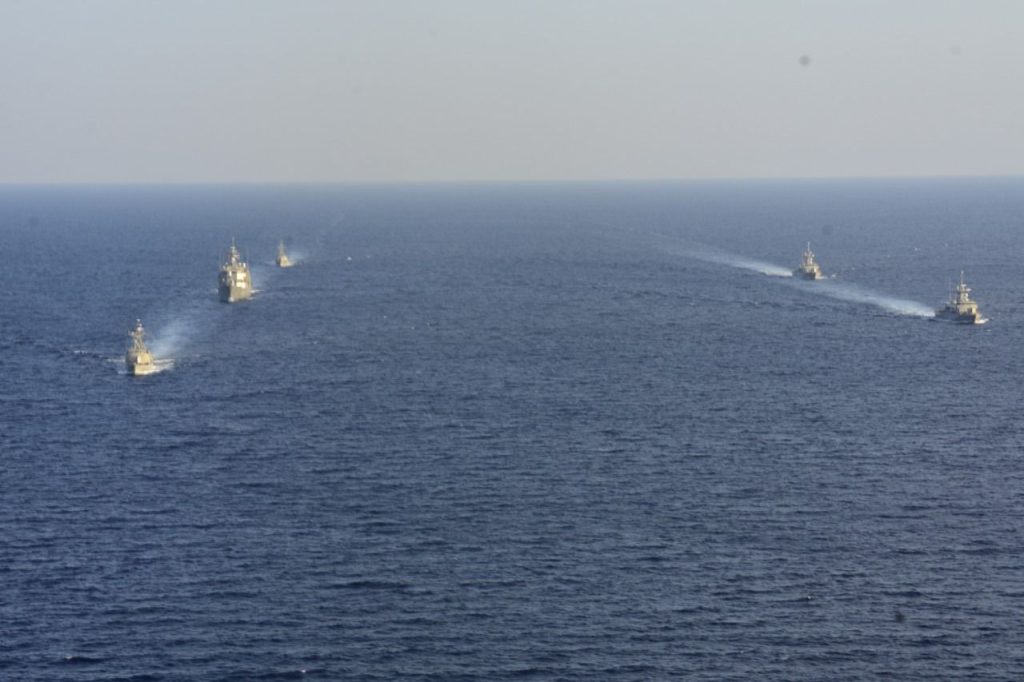Greece’s Independent Power Transmission Operator (IPTO) is exploring an alternative energy route for a cable connecting Greece to Central Europe. As reported, discussions are underway with Bulgaria promoting a new route for this interconnection, which would follow the Greece-Bulgaria-Romania-Hungary-Germany axis.
Once the parties involved reach an agreement, the plan will be submitted to the European Commission for approval. This optional route has emerged as discussions with the German operator “Tennet” and other entities involved in the Green Aegean Interconnector have been subjected to delays.
The Green Aegean Interconnector is designed to start from the coast of Epirus, pass underwater through the Adriatic Sea, land in Slovenia, and continue through Austria to southern Germany. This project, with an initial capacity of 3 GW and potential future upgrades to 6–9 GW, requires approval from the governments of the countries it traverses.
However, given the current political uncertainties in Germany, discussions with Greece are slow and are expected to delay even further until a new German government is formed after the upcoming elections.
Meanwhile, IPTO is promoting the scenario of an alternative energy route developing a new cable eastward, reaching Central Europe via Hungary.
As IPTO’s CEO, revealed the implementation of both routes, though costly, is a possibility, due to the fact that strengthening connections between Southeastern Europe and Central Europe is critical, as the existing transmission lines have limited capacity, causing congestion.
This congestion prevents the full flow of energy between countries, leading to unequal wholesale electricity prices, which are higher in Southeastern Europe.
Energy experts note that sufficient interconnections between Central and Eastern Europe, would help stabilize wholesale market prices and keep them lower, even during periods of high demand or limited supply.
A direct connection to Central Europe would also upgrade Greece’s position turning the country into a hub for transmitting green energy between Europe, Africa, and Asia, allowing for commercial exports through bilateral agreements.
However, concerns loom over the financial implications. The European Agency for the Cooperation of Energy Regulators (ACER), forecasts that the cost of the EU’s electricity transmission system could increase by 40% by 2030 and nearly double by 2050. This in turn would potentially raise project costs and reduce competitiveness.




